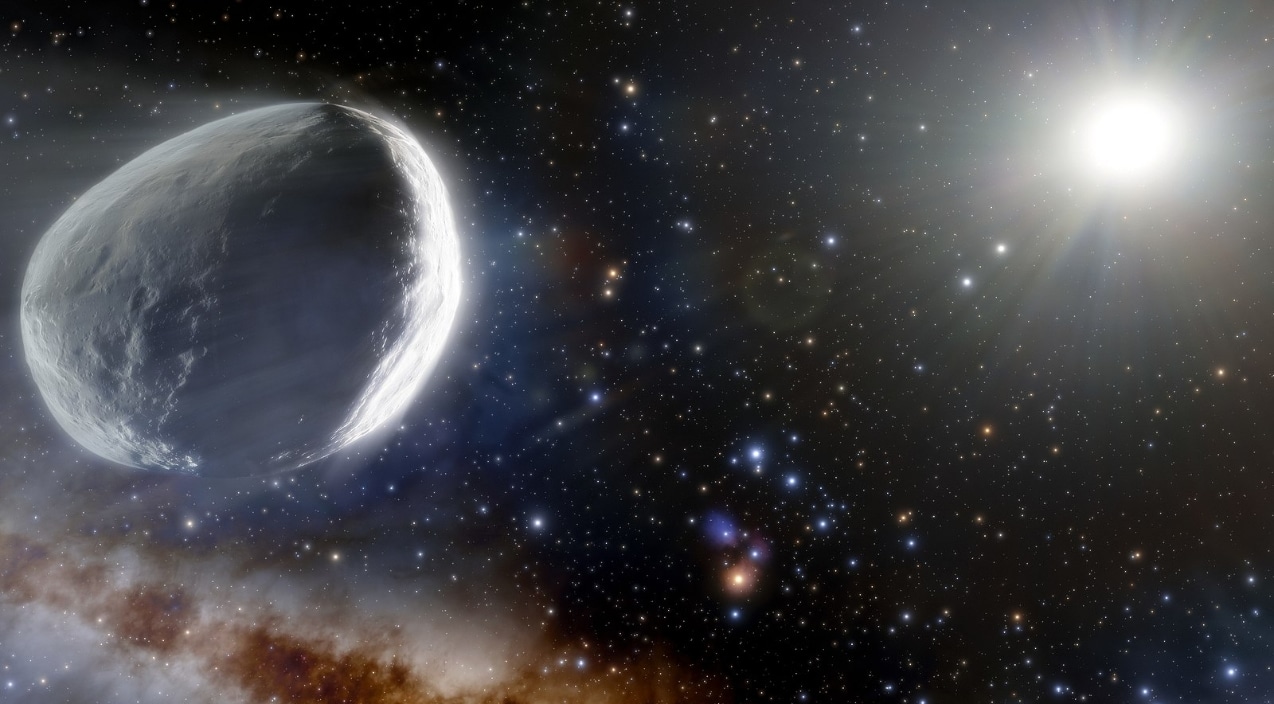Largest Comet Ever Seen Is Barreling Towards Earth At 22k MPH
on Apr 14, 2022 • Updated Jan 15, 2025

Astronomers have announced that NASA’s Hubble telescope has just spotted an 85-mile-wide comet and it is barreling toward Earth at 22,000 miles per hour.
The experts said that the comet’s icy nucleus is 50 times bigger than normal with a mass of about 500 trillion tonnes, which is bigger than the entire state of Rhode Island.
Even though it looks super intimidating, NASA says not to worry because the closest it will get is one billion miles away from the Sun, and that’s not supposed to happen until 2031.
Astronomers said the comet was first spotted back in 2010, but it was only until now that Hubble has confirmed its true existence. They are saying it’s the largest comet any astronomer has ever reported seeing in our solar system.
“We’ve always suspected this comet had to be big because it is so bright at such a large distance,” said David Jewitt, a professor of planetary science and astronomy at the University of California, Los Angeles (UCLA). “Now we confirm it is.”
NASA said the icy dirtball has been named Bernardinelli-Bernstein after the two astronomers who first discovered the comet, Pedro Bernardinelli, and Gary Bernstein.
Pedro and Gary were working at the Cerro Tololo Inter-American Observatory in Chile when they first laid eyes on the comet over 10 years ago when it was a staggering three billion miles away from the Sun.
They described comets as icy “Lego blocks” that have been leftover from the past when the solar system was constructing itself and building planets.
“They were unceremoniously tossed out of the Solar System in a gravitational pinball game among the massive outer planets,” it said in a statement, according to BBC. “The kicked-out comets took up residence in the Oort Cloud, a vast reservoir of far-flung comets encircling the Solar System.”
Man-To Hui, of the Macau University of Science and Technology, described the comet as “an amazing object”, adding that, “We guessed the comet might be pretty big, but we needed the best data to confirm this.”
Astronomers say that the comet Bernardinelli-Bernstein takes about three million years to make a full orbit around the sun and sometimes goes as far as half a light-year away.
They are saying that the comet is currently about two billion miles from the Sun and falling at nearly a perpendicular angle to the plane of our Solar System.












